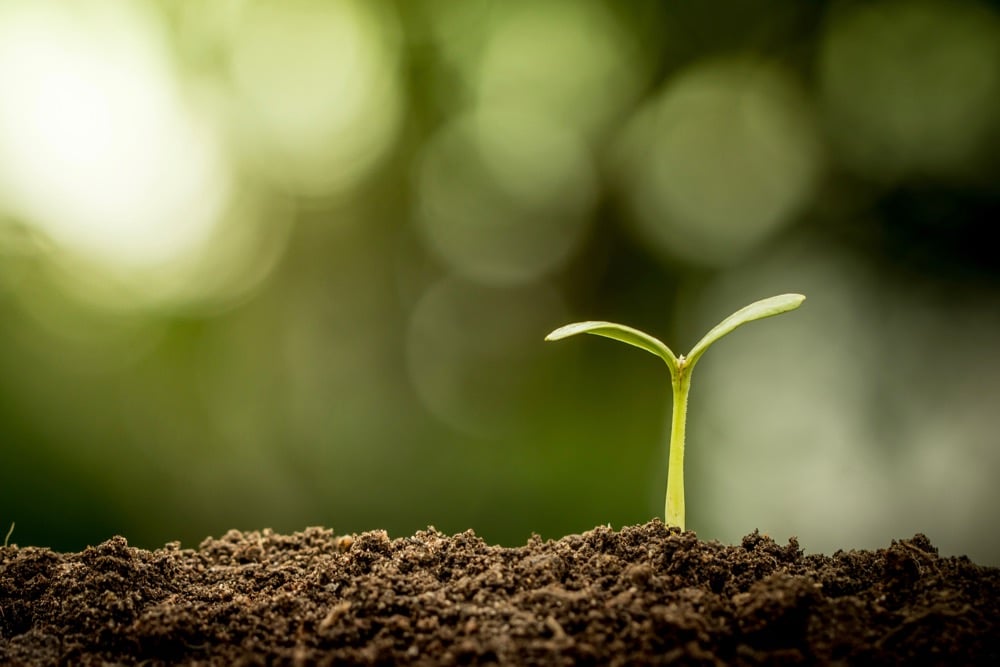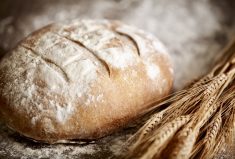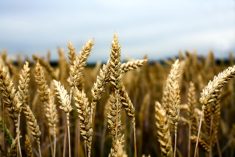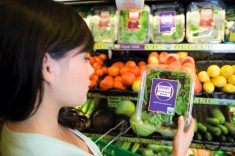After reaching untold heights in 2019, more wheat acres this year means the price of straw has stabilized at much lower levels.
These cheaper prices — which in some areas are half those experienced last year — are a relief for farmers, particularly those using straw for both bedding and as a component in cattle rations. For those selling straw, however, the boom year of 2019 is over.
Why it matters: Straw demand for livestock can be met this year because there were more wheat acres. That has brought prices back to reasonable levels in most regions.
Read Also

Ontario’s agri-food sector sets sights on future with Agri-Food 2050 initiative
The first-ever Agri Food 2050, a one-day industry event dedicated to envisioning the future of food and farming in Ontario,…
“It’s definitely cheaper than we were last year. We’re paying around three to four cents per pound,” says Andrew Campbell, dairy farmer from Middlesex County.
“It’s not a main ingredient. For us we don’t feed it on the cow side, but we add a little bit on the calves. They seem to do well on it. We’re going into the winter with one of the highest straw inventories than we’ve had in a while.”
The change in the market for straw has also been driven by a gradual increase in demand for straw as a forage, as many dairy farmers include it in their cow and calf rations, as a way to moderate high quality other forages. It is also used by other farmers feeding ruminants at times.
Campbell said straw is widely available in his part of the province, and that prices are likely higher in areas where wheat acres were not as numerous and demand from the livestock sector is more pronounced.
Ray Robertson, manager for the Ontario Forage Council, confirms this is case, with most sales coming in at seven to 10 cents per pound.
“A lot of it is around seven. The real choice stuff can be up to 10,” he says. “The wheat did well up here this year.”
Hay prices currently stand between 10 and 12 cents per pound on average. A very good first-cut— but a spotty second cut — contribute to and are reflected in these prices.
Despite all-around high prices for hay and straw last summer, Robertson reiterates elevated costs did not moderate the quality of other forages. It is also used to feed other ruminants at times.
What the forage market will look like four months from now remains to be seen. But at this point, with wheat harvest over, Robertson says there appears to be a good supply of quality straw.















